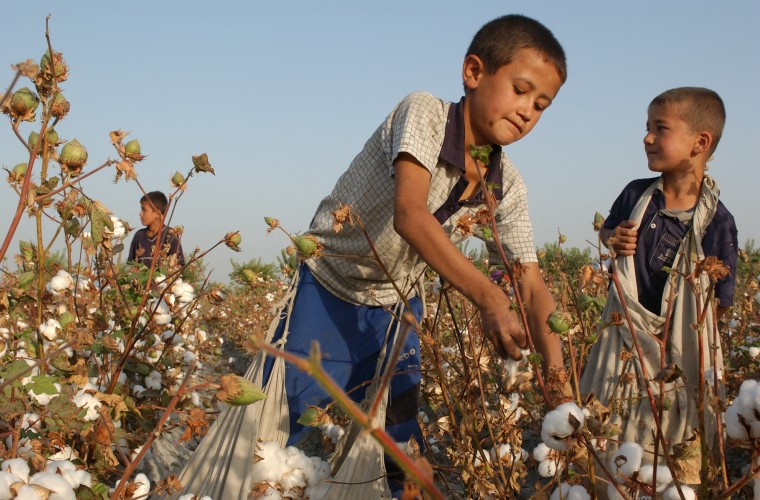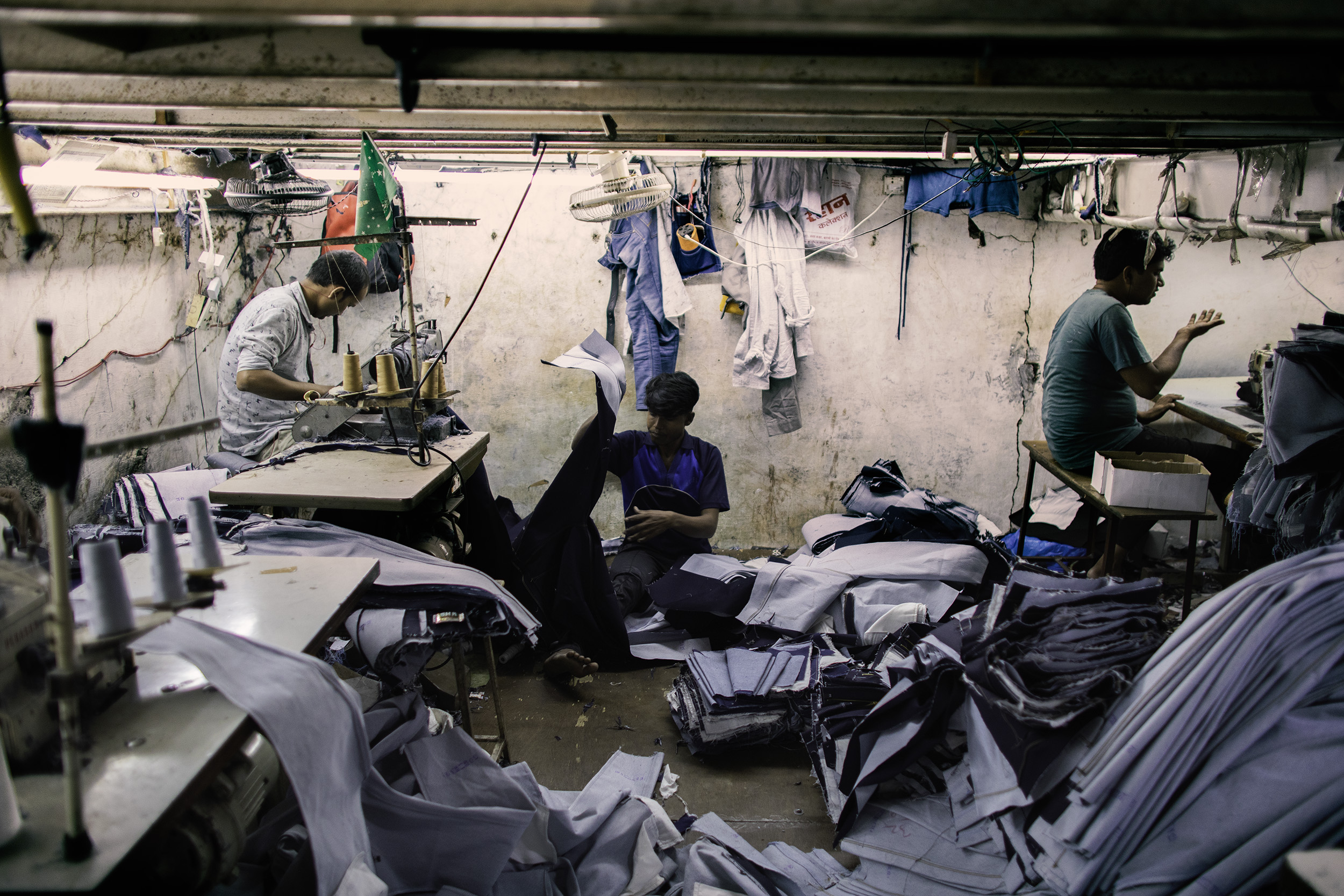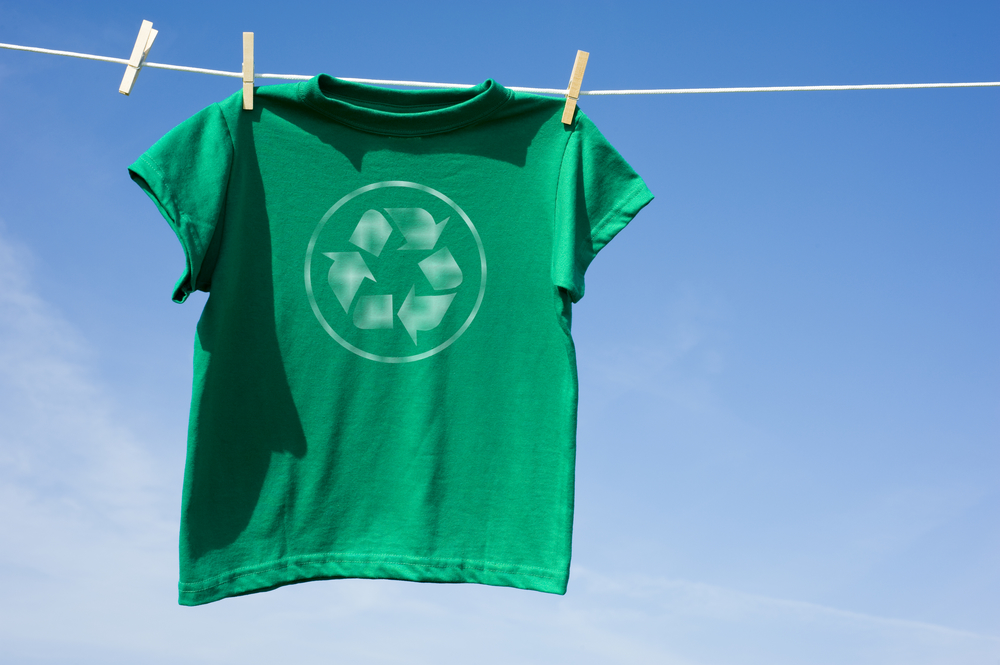FOR POLITICIANS
Make your impact count
contact US

highest pressure on the environment and climate in europe
of global greenhouse emissions
The impact of the textile industry
We produce more clothes than ever before, but use it much less. This leads to an increasing demand for clothing – in the EU alone, demand has increased by 40% in recent decades.
On average, each person in the EU consume 14.8 kg of textiles per year. Globally, only 25% of all textiles are reused, and less than 1% is recycled.
Every second a truckload of clothes is being dumped on a landfill!
Destroying our planet
The production and consumption of textiles cause significant pressures on the environment and climate change. The impact is related to land and water used to produce the fibres; energy and chemical dyes used in the manufacturing and production; retail and ultimately, disposal.
In Europe the textile industry has the third highest pressures on water and land use, and the fifth highest use of raw materials and greenhouse gas emissions.
The fashion industry is hugely dependent on fossil fuels, especially for the production of synthetic fibers. At the same time, 552,000 tonnes of microfibres end up in the sea every year, of which 35% comes from washing synthetic clothes.
get involved
3 main problems in the industry

Problem #1
OVERCONSUMPTION
Overconsumption is by far the biggest problem.
The constantly changing fashion and cheap, poor clothes have created a culture where each piece of clothing is worn fewer and fewer times before being discarded. The purpose of companies is to customers back into the store as quickly as possible.

Problem #2
OVERPRODUCTION
It is economically profitable for companies to overproduce, because there must always be the right thing in stock – a customer leaving the store empty-handed is a bigger loss than 10 pieces of unsold clothing.
This leads to huge stock sales and deals on products, which leads to more overconsumption.

Problem #3
SUSTAINABLE CLOTHES IS AN ILLUSION
All textiles have a negative environmental footprint, no matter how well they are produced.
The big environmental benefit does not come from a “green” product, but from how long a product is used. In other words, how long one product can delay the purchase of another equivalent.
Books & Publications
our clothes - the world's resources
Understanding the complexity of the textile industry (in Danish)
The textile industry - a big environmental challenge for our planet
Ecodesign
A tool to measure product environmental impact and increase circularity
